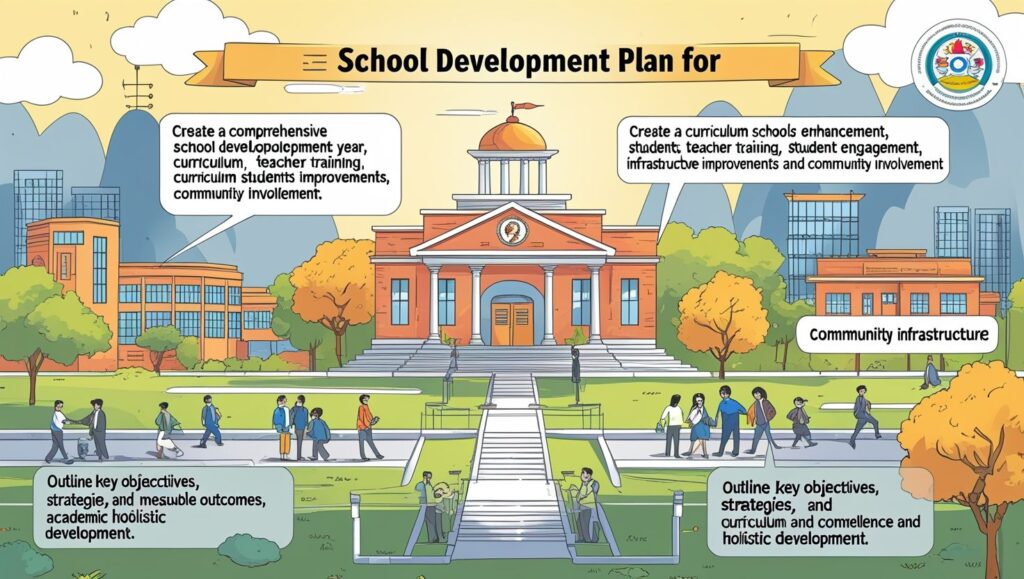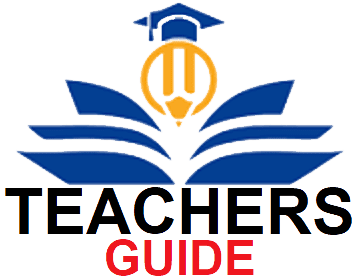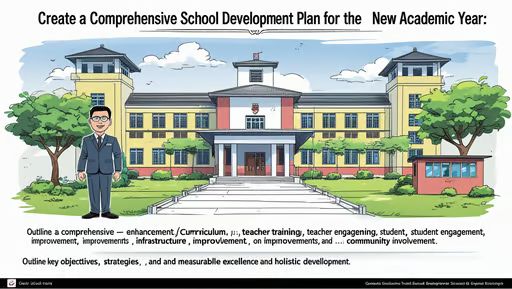School Development Plan for the New Academic Year, As the new academic year approaches, schools must prepare a comprehensive School Development Plan (SDP) to ensure continuous improvement, address challenges, and achieve educational goals. A well-structured SDP serves as a roadmap for enhancing teaching and learning, fostering a positive school environment, and meeting the needs of students, staff, and the community. This article outlines the key components of an effective School Development Plan for the upcoming academic year.
1. Vision and Mission Alignment
The foundation of any School Development Plan lies in its alignment with the school’s vision and mission. The vision statement reflects the long-term aspirations of the school, while the mission defines its purpose and core values. For the new academic year, schools should revisit their vision and mission to ensure they remain relevant and inspiring. The SDP should outline specific strategies to translate these ideals into actionable goals. For instance, if the vision emphasizes holistic development, the plan should include initiatives to promote academic excellence, extracurricular activities, and character building.
2. Academic Excellence and Curriculum Enhancement
Academic excellence remains a top priority for schools. The SDP should focus on improving teaching methodologies, updating the curriculum, and integrating technology to enhance learning outcomes. Schools can introduce professional development programs for teachers to equip them with innovative teaching strategies. Additionally, the plan should address the needs of diverse learners by incorporating differentiated instruction and personalized learning approaches. Regular assessments and feedback mechanisms should be established to monitor student progress and identify areas for improvement.
3. Infrastructure and Resource Development
A conducive learning environment is essential for student success. The SDP should include plans for upgrading school infrastructure, such as classrooms, laboratories, libraries, and sports facilities. Schools should also invest in modern educational tools and resources, including digital learning platforms, to support 21st-century learning. Furthermore, the plan should address maintenance and sustainability to ensure that facilities remain functional and safe throughout the academic year.
4. Student Well-being and Inclusion
Student well-being is a critical aspect of school development. The SDP should prioritize initiatives that promote mental, emotional, and physical health. Schools can introduce counseling services, wellness programs, and anti-bullying campaigns to create a supportive environment. Additionally, the plan should emphasize inclusivity by addressing the needs of students with disabilities, those from disadvantaged backgrounds, and those requiring additional academic support. A focus on equity and diversity will ensure that every student feels valued and empowered.

5. Staff Development and Motivation
Teachers and staff are the backbone of any educational institution. The SDP should include strategies for staff development, such as training workshops, mentorship programs, and opportunities for career advancement. Recognizing and rewarding staff achievements can boost morale and motivation. Schools should also foster a collaborative culture by encouraging teamwork and open communication among staff members. A motivated and skilled workforce is essential for achieving the school’s goals.
6. Community Engagement and Partnerships
Schools do not operate in isolation; they are integral parts of the community. The SDP should outline strategies for strengthening relationships with parents, local organizations, and stakeholders. Regular communication with parents through meetings, newsletters, and digital platforms can enhance their involvement in their children’s education. Schools can also collaborate with community organizations to provide students with real-world learning experiences and resources. Building strong partnerships will enrich the educational experience and create a sense of shared responsibility.
7. Monitoring and Evaluation
An effective School Development Plan must include a robust monitoring and evaluation framework. Schools should set clear, measurable objectives and establish timelines for achieving them. Regular progress reviews should be conducted to assess the implementation of the plan and make necessary adjustments. Feedback from students, staff, and parents should be collected to ensure that the plan remains responsive to the needs of the school community. Transparency and accountability are key to the success of the SDP.
8. Financial Planning and Resource Allocation
Financial sustainability is crucial for the successful implementation of the SDP. Schools should develop a detailed budget that aligns with their priorities and goals. The plan should identify potential funding sources, such as government grants, donations, and fundraising activities. Efficient resource allocation will ensure that funds are used effectively to support academic programs, infrastructure development, and student welfare initiatives. Schools should also explore cost-saving measures without compromising the quality of education.
9. Embracing Innovation and Technology
The rapid advancement of technology has transformed the educational landscape. The SDP should incorporate strategies to integrate technology into teaching and learning. Schools can invest in digital tools, such as interactive whiteboards, tablets, and online learning platforms, to enhance engagement and collaboration. Additionally, the plan should include training for teachers and students to develop digital literacy skills. Embracing innovation will prepare students for the challenges of the future and keep the school at the forefront of educational excellence.
10. Environmental Sustainability
In today’s world, schools have a responsibility to promote environmental sustainability. The SDP should include initiatives to reduce the school’s carbon footprint, such as energy-efficient infrastructure, waste reduction programs, and eco-friendly practices. Schools can also incorporate environmental education into the curriculum to raise awareness among students about the importance of sustainability. By fostering a culture of environmental stewardship, schools can contribute to a greener future.
Conclusion
A well-crafted School Development Plan is essential for guiding the school’s growth and success in the new academic year. By focusing on academic excellence, infrastructure development, student well-being, staff motivation, community engagement, and innovation, schools can create a nurturing and dynamic learning environment. Regular monitoring and evaluation will ensure that the plan remains on track and responsive to the evolving needs of the school community. With a clear vision and a commitment to continuous improvement, schools can achieve their goals and provide students with the best possible education. The new academic year presents an opportunity for schools to reflect, innovate, and strive for excellence in all aspects of their operations.

